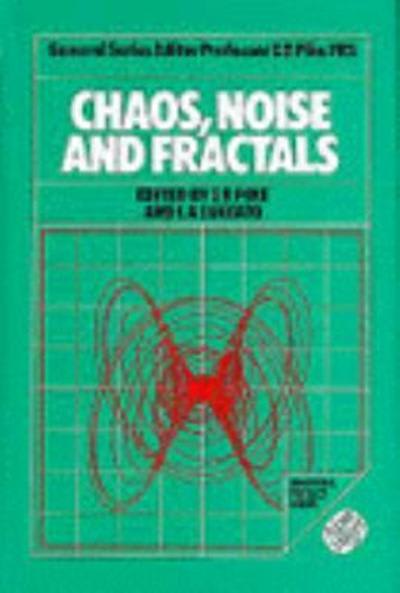Question
A group of engineers developed a new design for a steel cable. They need to estimate the amount of weight the cable can hold. The
A group of engineers developed a new design for a steel cable. They need to estimate the amount of weight the cable can hold. The weight limit will be reported on cable packaging.
The engineers take a random sample of 45 cables and apply weights to each of them until they break. The mean breaking weight for the 45 cables is x=768.2 lb. The standard deviation of the breaking weight for the sample of cables is s = 15.1 lb.
In the example we concluded the following. We are 95% confident that the mean breaking weight for all cables of this type is between 763.7 lb and 772.7 lb.
In other words the 95% confidence interval is (763.7, 772.7).
1. Suppose the engineers want to make a 99% confidence interval. They plan to use the same sample of 45 cables. Use the applet to find the critical T-value they will use in the computation of the margin of error.
2. Construct the 99% confidence interval. Enter the lower bound of the interval (the smaller number). If necessary, round to two decimal places.
3. What is the upper bound of the 99% confidence interval? If necessary, round to two decimal places.
Step by Step Solution
There are 3 Steps involved in it
Step: 1

Get Instant Access to Expert-Tailored Solutions
See step-by-step solutions with expert insights and AI powered tools for academic success
Step: 2

Step: 3

Ace Your Homework with AI
Get the answers you need in no time with our AI-driven, step-by-step assistance
Get Started


